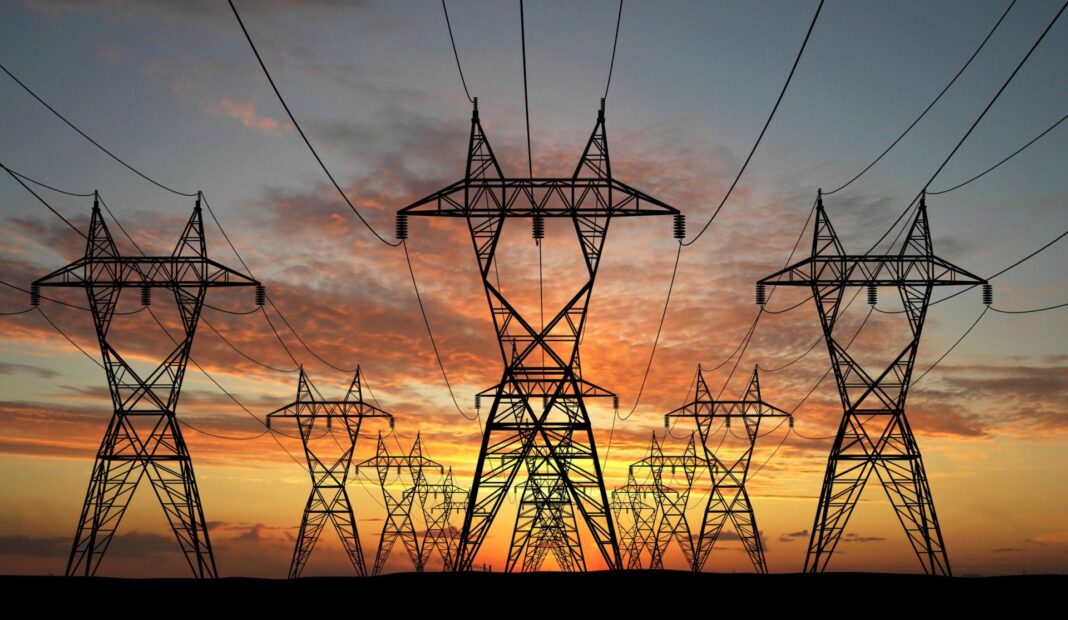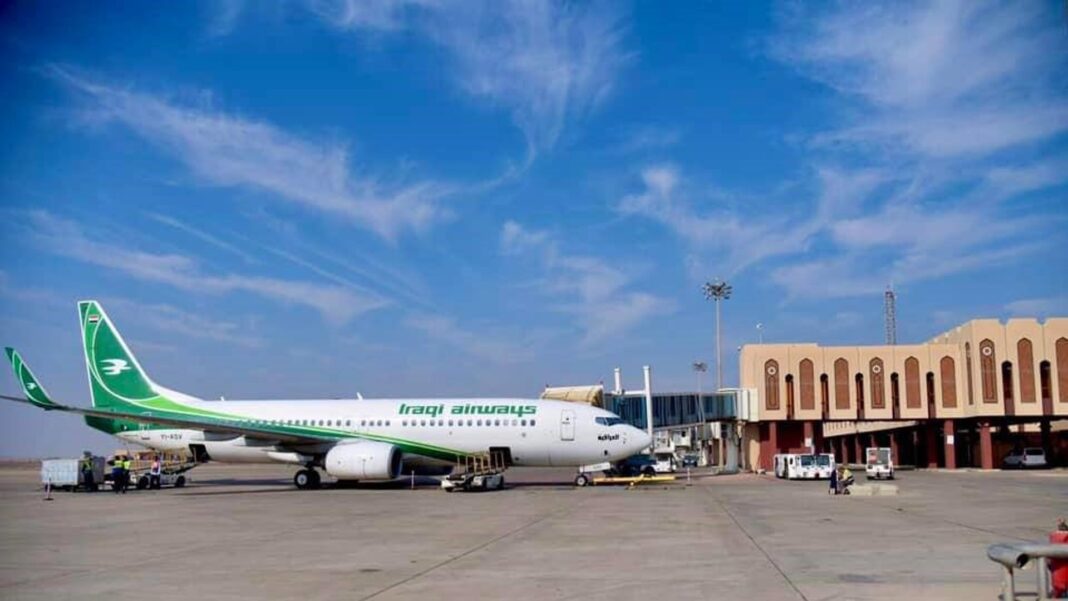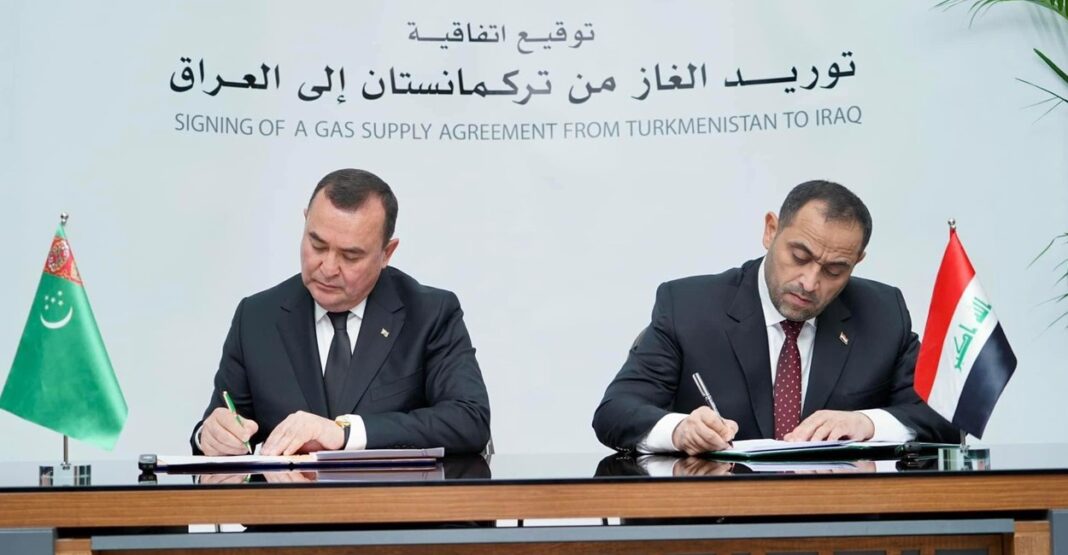Energy self-sufficiency Iraq took another major step forward as Prime Minister Mohammed Shia Al-Sudani inaugurated the new Al-Abbasiya power plant in Najaf. The modern facility aims to ease national power shortages and enhance overall supply stability. Built with advanced technology from Germany’s Siemens, the station reflects Iraq’s drive toward reliable electricity access.
The project links to the national grid through two 132 kV transmission lines. Each spans 29 kilometers and carries 240 megawatts. As a result, this setup will help stabilize electricity flow across multiple regions. Moreover, it offers strong support during summer months when usage peaks.
Meanwhile, in Basra, another energy milestone was achieved. A 480-megawatt transmission line became operational. This addition strengthens the southern grid, proving that progress isn’t limited to just one area. Both projects are crucial parts of Iraq’s broader energy development plan.
Energy self-sufficiency Iraq remains a core priority for the federal government. Authorities want to reduce dependency on imported fuels. This approach not only saves money but also avoids future crises caused by fuel shortages. The country continues to face high demand, with national consumption reaching up to 35,000 megawatts.
Fortunately, Iraq is increasing production using local fuel sources. This makes a big difference in the push for long-term solutions. Notably, Prime Minister Al-Sudani’s cabinet backs this vision with consistent investments and regional planning.
The Ministry of Electricity also emphasized infrastructure upgrades. These include new plants, transmission lines, and grid expansions. Although challenges remain, the momentum is clearly building. Each new project brings Iraq closer to stable power delivery.
Above all, government strategy aims to support everyday citizens. More electricity means better services, cooler homes, and stronger businesses. Without a doubt, this signals a hopeful path forward.
By focusing on energy self-sufficiency Iraq, leaders pave the way for consistent, reliable, and affordable electricity across the country. And with ongoing progress, this goal is quickly becoming a reality.



